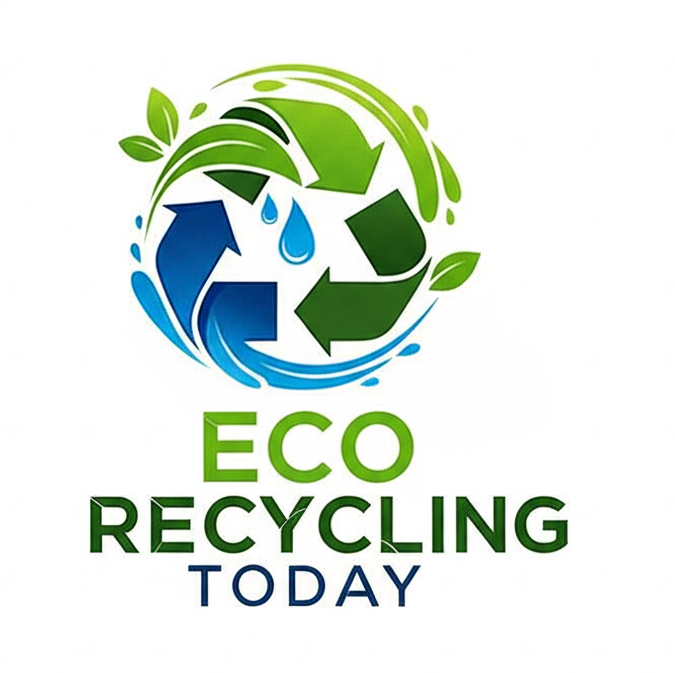Mattresses are bulky, hard to decompose, and take up a significant amount of space in landfills. Yet, more than 20 million mattresses are discarded each year globally. With advancements in mattress recycling technology, we can now recover valuable materials like foam, metal, and fabric—diverting waste from landfills and supporting the circular economy.

Why Mattress Recycling Is Important
Mattresses can take up to 80–100 years to decompose in a landfill and often contain:
- Steel springs
- Polyurethane foam
- Natural or synthetic fabrics
- Wooden frames
- Flame-retardant chemicals
Improper disposal leads to pollution, pest infestation, and wasted resources. Recycling them reduces environmental impact and conserves raw materials.
Mattress Recycling Process
1. Collection and Sorting
Mattresses are collected from:
- Municipal waste programs
- Retailer take-back schemes
- Hotels, hospitals, and dormitories
- Drop-off centers and recycling events
Mattresses are sorted by condition (wet, contaminated, or recyclable) before entering the recycling system.
2. Manual Disassembly
Recyclable mattresses are often first manually disassembled. Workers:
- Remove the outer fabric or ticking
- Separate foam, springs, wood, and textiles
- Sort materials for further processing
This step ensures higher purity for recovered materials.
3. Automated Recycling Systems
Advanced facilities use mattress recycling machines and automated lines to increase efficiency:
- Cutting blades and splitters slice mattresses open
- Shredders and grinders break foam and fabric into granules
- Magnetic separators extract steel from innerspring units
- Air classifiers and screens separate fiber and dust
These machines can process up to 60 mattresses per hour, improving recycling rates and safety.
Materials Recovered from Mattresses
| Material | Reuse Applications |
|---|---|
| Steel Springs | Scrap metal for construction or manufacturing |
| Foam | Carpet underlay, insulation, or reprocessed foam |
| Textiles | Industrial rags, filters, or insulation |
| Wood | Mulch, biomass fuel, or particleboard |
| Plastic Parts | Recycled plastic products or composite materials |
Mattress Recycling Technologies
- Aussie Mattress Shredders (Australia): Compact, high-throughput shredders designed for foam and springs
- SSI Shredding Systems (USA): Custom shredding machines for bulky waste like mattresses and furniture
- Erema & Lindner Tech (Europe): Advanced sorting lines that automate textile and foam separation
- Optical Sorters: Use vision sensors to identify and separate foam, fabric, and other materials
Environmental and Economic Benefits
- Diverts up to 85–90% of mattress materials from landfills
- Reduces CO₂ emissions compared to producing virgin materials
- Creates green jobs in collection, dismantling, and processing
- Supports circular economy by feeding materials back into production
- Minimizes resource extraction of wood, oil-based foams, and metals
Innovations in Mattress Recycling
- AI-powered sorting: Improves material separation accuracy
- Foam purification systems: Turn mixed mattress foams into usable raw materials
- Compact mobile shredders: Allow recycling at collection points and reduce transport emissions
- Chemical recycling trials: Explore breaking polyurethane into base chemicals for remanufacturing
How to Recycle a Mattress Responsibly
- Check for local recycling programs or drop-off locations
- Ask your mattress retailer if they offer take-back or pickup services
- Contact a certified recycling center (e.g., Bye Bye Mattress – U.S.)
- Avoid dumping mattresses in landfills or on streets
Mattress recycling technology is revolutionizing how we handle one of the most difficult household items to dispose of. With a combination of manual labor, mechanical shredding, and automated sorting, today's recyclers can reclaim up to 90% of a mattress's materials. As innovation continues, mattress recycling will become even more efficient, eco-friendly, and accessible.
